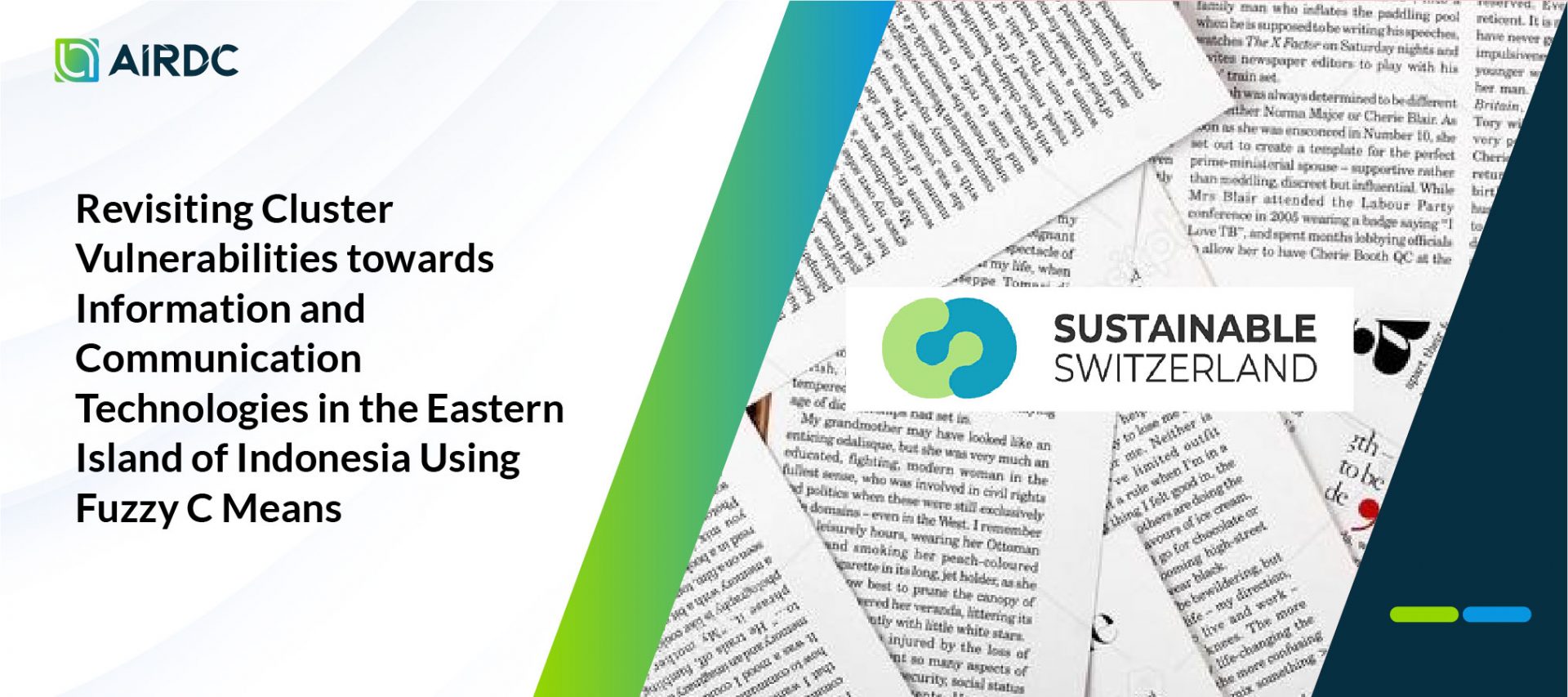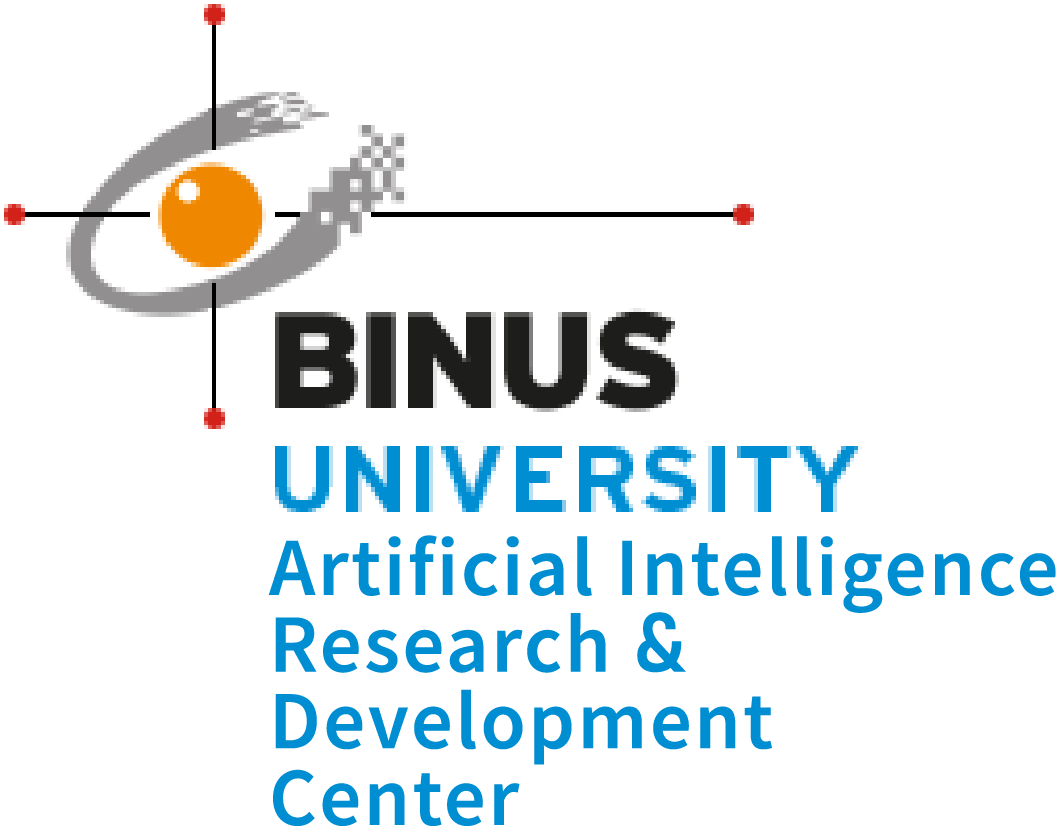Revisiting Cluster Vulnerabilities towards Information and Communication Technologies in the Eastern Island of Indonesia Using Fuzzy C Means

Design/methodology/approach: In the present digital era, technology infrastructure plays an important role in the development of digital literacy in various sectors that can provide various important information on a large scale. Purpose: The use of information and communication technology (ICT) in Indonesia in the last five years has shown a massive development of ICT indicators. The population using the internet also experienced an increase during the period 2016–2020, as indicated by the increasing percentage of the population accessing the internet in 2016 from around 25.37 percent to 53.73 percent in 2020. This study led to a review of the level of ICT vulnerability in eastern Indonesia through a machine learning-based cluster analysis approach. Implications: Data were collected in this study from Badan Pusat Statistik (BPS) through SUSENAS to obtain an overview of the socioeconomic level and SAKERNAS to capture the employment side. This study uses 15 variables based on aspects of business vulnerability covering 174 districts/cities. Practical implications: Cluster analysis using Fuzzy C Means (FCM) was used to obtain a profile of ICT level vulnerability in eastern Indonesia by selecting the best model. The best model is obtained by selecting the validation value such as Silhouette Index, Partition Entropy, Partition Coefficient, and Modified Partition Coefficient. Social implication: For some areas with a very high level of vulnerability, special attention is needed for the central or local government to support the improvement of information technology through careful planning. Socio-economic and occupational aspects have been reflected in this very vulnerable cluster, and the impact of the increase in ICT will provide a positive value for community development. Originality/value: From the modelling results, the best cluster model is two clusters, which are categorized as high vulnerability and low vulnerability. For each cluster member who has a similarity or proximity to each other, there will be one cluster member.
Sustainability (Switzerland)
Faisal Anggoro, Rezzy Eko Caraka, Fajar Agung Prasetyo, Muthia Ramadhani, Prana Ugiana Gio, Rung-Ching Chen, Bens Pardamean

